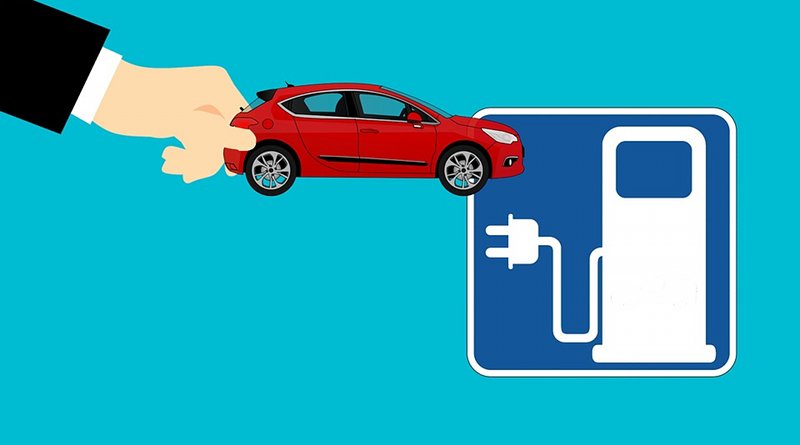Automotive Industry Sounds Alarm Over Expansion Of E-Charging Stations
By EurActiv
By Nikolaus J. Kurmayer
(EurActiv) — Germany has fallen far behind its targets for expanding e-car infrastructure and will likely miss its 2030 e-mobility target, according to the German Association of the Automotive Industry (VDA).
An ambitious e-mobility target was a key part of the coalition agreement laid down by the new German government in late 2021. Part of the vision includes 15 million e-cars rolling onto German roads by 2030 as the EU plans to ban the sale of internal combustion engine (ICE) vehicles from 2035.
The problem is that the reality on the ground does not match the targets set by the government. The VDA has cautioned that instead of installing 2000 e-car charging points per week- the amount necessary to meet the 2030 target- Germany is only managing 250.
“The gap is widening, not narrowing. A gap that could cost us success,” said Hildegard Müller, president of the VDA, at the association’s annual kick-off on 9 February.
“If Germany maintains its current modest pace, we will have just around 160,000 charging points in 2030 – not even a sixth of the 1 million targets.”
According to Müller, the goal of delivering 15 million e-cars is realistic because “the car industry can build cars”, though ultimately their uptake is dependent on charging infrastructure.
In terms of a solution, “a charge summit must be convened”, Müller said. “The federal government should invite to a joint summit as soon as possible and bring all the stakeholders around one table.”
But the VDA also harbours concerns about electricity and its origin. “Only if e-cars are powered by 100% green electricity do they make their contribution to climate-neutral mobility,” Müller explains.
Broader EU momentum could prove problematic
Despite the alarmism from the VDA, Germany fares better than some of its counterparts when it comes to expanding the European e-charging infrastructure.
Last year, the European Court of Auditors warned that the expansion of charging infrastructure was not happening fast enough across the bloc.
For Germans who want to go on holiday through Europe by car the charging infrastructure in Austria is critical. But the “charging infrastructure will not yet be available nationwide at this point [2030],” Christian Pesau, head of the working group of Austrian car importers, said in December.
Germany, France and the Netherlands together account for 70% of the charging stations, even though the three countries have only a third of the EU’s population. In other parts of Europe, especially towards the east, charging stations are even more of an issue.
Ultimately, Müller notes, this threatens the acceptance of the novel form of mobility. An e-car that can be used easily in Germany, but is almost useless in other EU countries such as the Czech Republic or Italy, will have a hard time gaining mainstream adoption.
The EU hopes to have a solution with the AFIR (“Alternative Fuels Infrastructure Regulation”), currently pending in the European legislative process. The package intends to render charging stations along European transport routes obligatory for EU countries.
Currently, the Commission seeks to impose mandatory charging stations for passenger cars every 60 kilometres and commercial vehicles every 150 kilometres, but for Müller, this does not go far enough.
The VDA “of course does not believe that the European Union’s specifications are really sufficient in this area,” Müller said when asked by EURACTIV. Instead of 60 kilometres, the VDA calls for charging stations every 40 kilometres for passenger cars, and 100 kilometres for commercial vehicles.

